Had a problem with this Kintronic FMC-0.1 isocoupler the other morning.
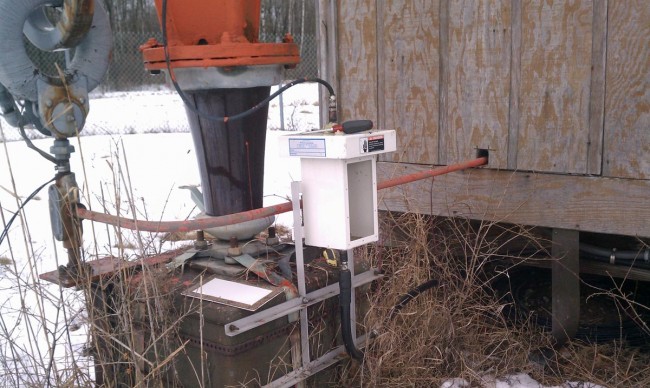
After an overnight drenching heavy rain and very high wind, the STL transmitter associated with this unit was having high VSWR faults. This isocoupler crosses a base insulator of an AM 50 KW directional antenna. This particular tower has negative impedance, which is to say, it sucks power out of the pattern and feeds it back to the phasor. An interesting discussion for another time, perhaps.
Using a dummy load, we isolated the problem to the isocoupler by first connecting the load to the output on top of the unit (the problem still exists) and then to the transmission line prior to the unit (the problem went away). Of course, the AM station had to be taken off the air to do this work.
Once the issue was confirmed as the isocoupler, I opened the unit up and found that water had entered and pooled in the top of the bottom half of the isolation transformer.
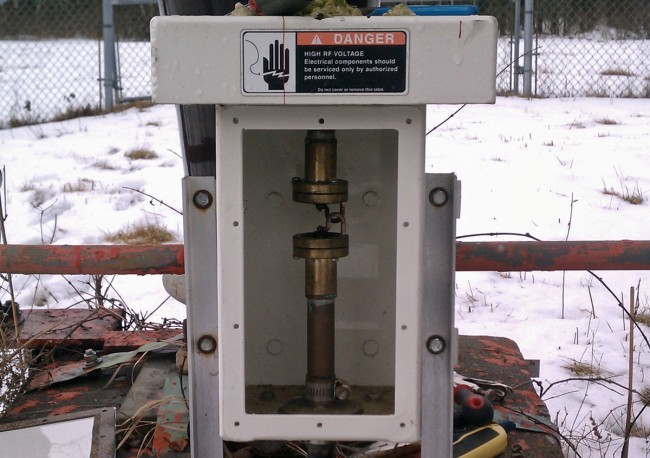
The isolation transformer consists of two loops to ground capacitively coupled through air dielectric. The issue is with the opening around the top of the unit, under the lip of metal lid. Apparently, this allowed water in.
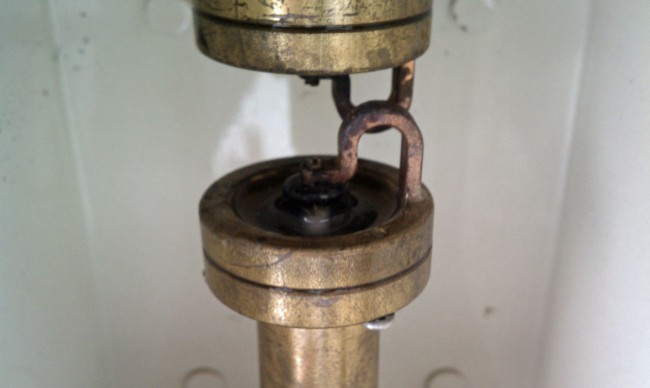
It is difficult to tell with the lighting in this photograph, however, the bottom part of this isolation transformer has water pooled around the center insulator. Using a rag, I cleaned out the water and dirt from the center insulator. After reconnecting the antenna and transmitter transmission line, a quick check revealed the problem was much better, but still not completely gone. I suspect water seeped further down into the bottom half of this unit. The repair work was good enough, however, to return both stations to the air.
Glad to get that bit of work done while it was still relatively warm out.


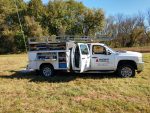
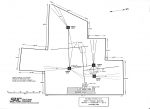
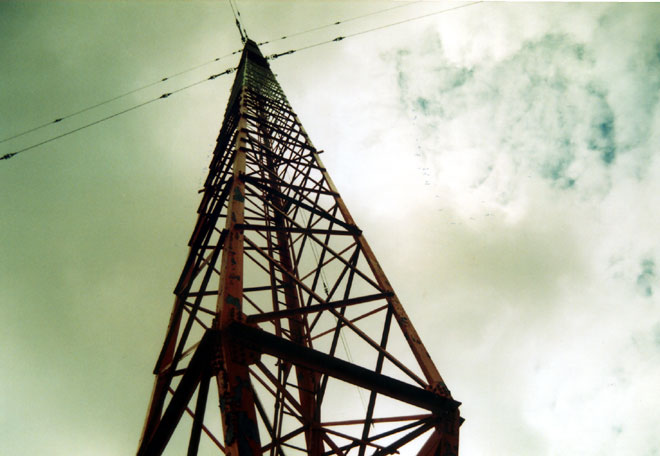
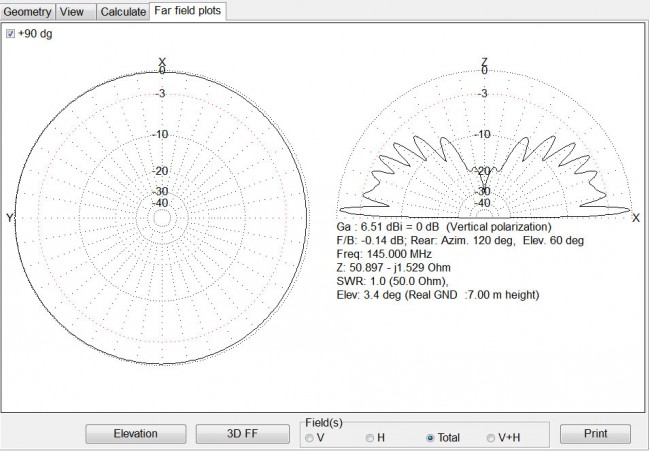
Series excited towers require expensive base insulators, expensive Austin lighting transformers, and in this case, the Kintronic isocoupler. There’s also lightning protection equipment not shown in your photo. I’m curious about why grounded shunt-fed towers aren’t more popular. Built-in lightning protection and none of these expensive components required. Certainly the skirt wires on a folded unipolar antenna are a bit problematic to match, but once it’s done you’re good-to-go…
Why not more folded unipole antenna systems??
The station was put on the air in 1947, at the time folded unipole antennas had not been thought of. In addition to that, the tower is is 208 electrical degrees, which can be difficult to match to 50 ohm transmission line even with series excitation.
Moisture changes everything, and anything that’s juicy messes up most electronics properties. We’ve fought a limit switch on the roof for a few days now during the cold weather.
A box with 2 limit switches on an actuator shaft had water in it, and we drained it
out, put 2 weep holes at the bottom of the box about 2 months ago.
Also changed out the switch at the bottom that had been in water, and figured it would be ok. Nope.
The problem now in cold weather was the limit switch at the upper end of the box, which only saw “humidity”. At least it was a 120 AC control circuit and had a fighting chance.
But it only fed a high-impedance input of a plc. I have argued for a while to add
a parallel load like a small lamp to help such contacts make better.
Rod;
While the concept of the folded unipole is an interesting one, the reality is they come with their own set of problems, particularly in climates prone to freezing rain and icing.
It’s common to keep older tube-type standby’s at those sites for good reason. Even with careful attention paid to feed point reactance and bandwidth, ice buildup a series feed would ignore can create a load in a unipole that most solid state transmitters won’t operate into.
OTOH I’ve had exactly one isocoupler fail in over 30 years, an old beer can style Moseley, the fiberglass casing finally became porous after 40 years in the sun.
Of the two folded unipoles in this area, freezing fog takes one off the air and the other from 5 kw down to as low as 150 watts with their SS transmitters. The off-air one can move a coil tap to get back on, moving it back when the ice comes off.
I wonder if this isolator would do better if mounted horizontally, so moisture and dirt can’t build up in those cupped areas? Sort of the reason lightning balls are mounted horizontally rather than vertically, so water doesn’t drip down and freeze between them.
Even if it’s completely water-proof, moisture in the air can still condense inside the enclosure.
Folded unipoles do have their problems, I had a 5 kilowatt that rand almost 20 amps base current…had lots of arcing with Florida moisture with lots of instability, then there’s the hardware problems. Before folded unipoles the shunt feed was quite popular. There were many used on the Newspaper owned stations that put FM’s on first usually on self supporting towers and then petitioned the FCC for class IV AM’s…..I personally like the shunt feed and had quite a few of them over the years, some are still working just fine. Though I do prefer a base insulated series fed tower